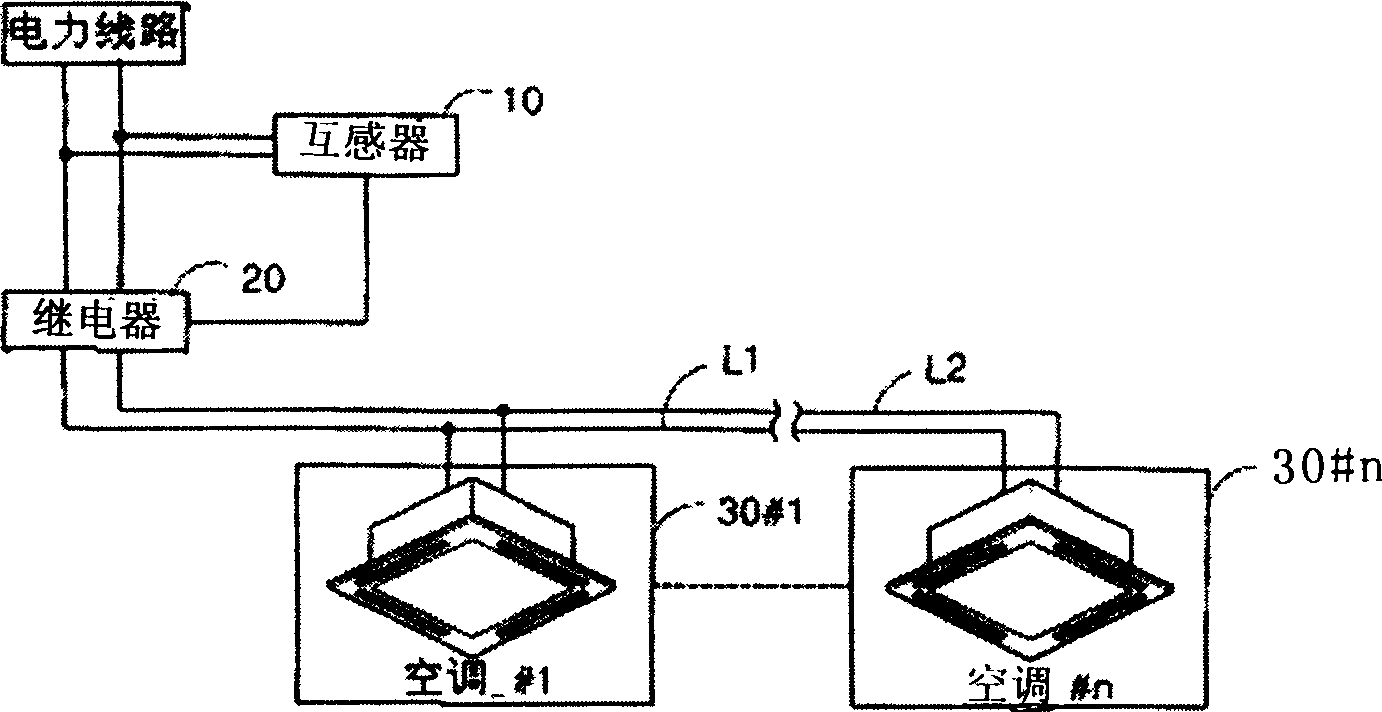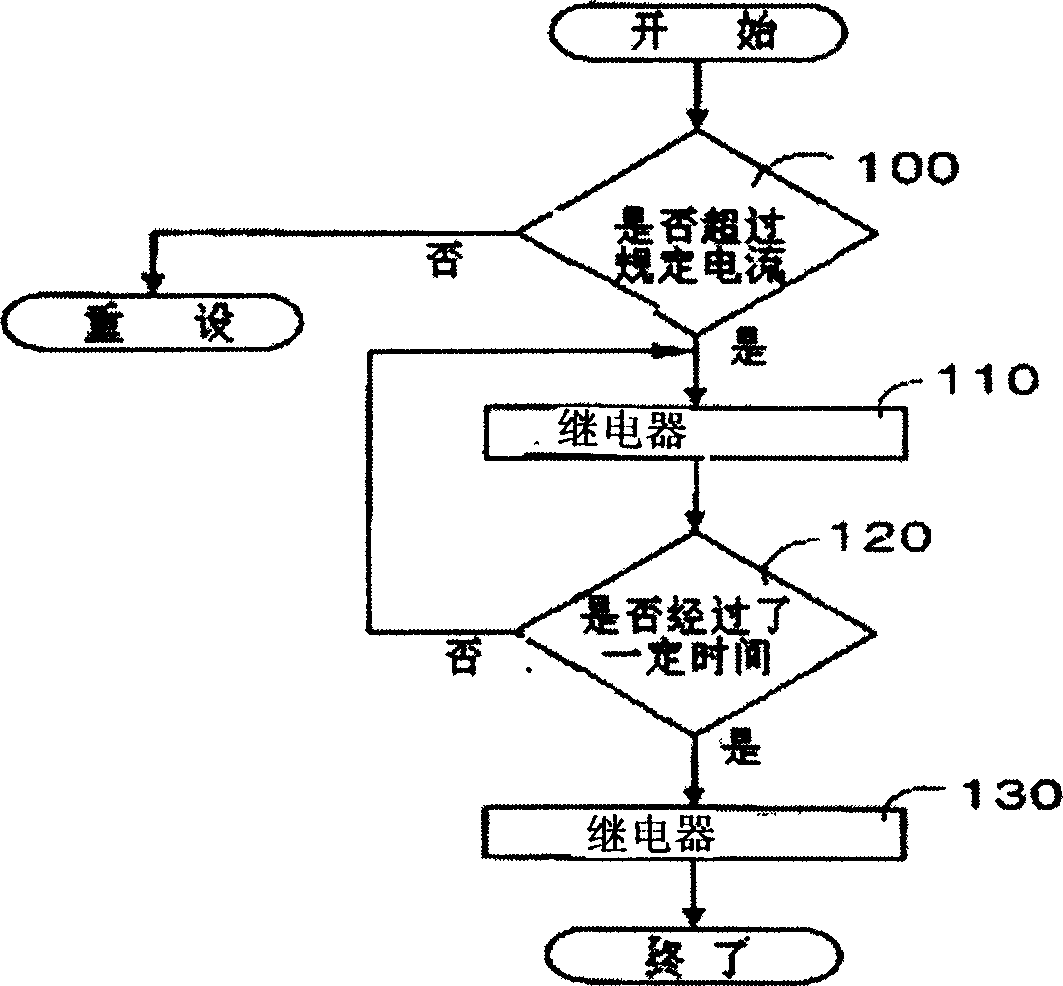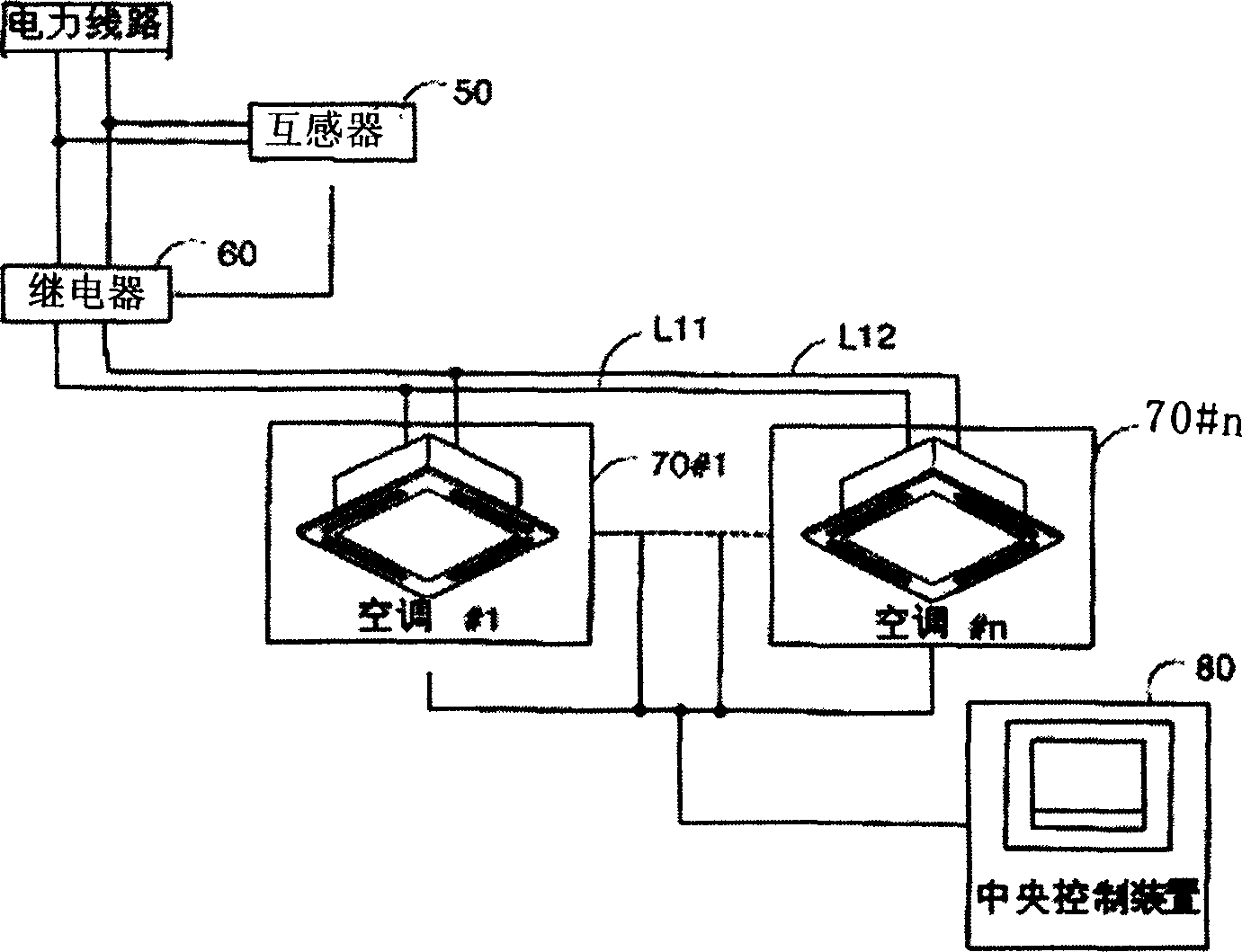Central management method for multi-room air-conditioner
A central management and air-conditioning technology, applied in the field of air-conditioning, can solve the problems of high electricity bills, rising power consumption of air-conditioning units, dissatisfaction with product performance and quality, etc. desired effect
- Summary
- Abstract
- Description
- Claims
- Application Information
AI Technical Summary
Problems solved by technology
Method used
Image
Examples
Embodiment Construction
[0035] The present invention provides a central management method for a multi-room air conditioner. An embodiment of the method is carried out in the following stages: current detection and monitoring stage: detect the current value of the power consumption, and monitor whether the detected current value exceeds the set value The current monitoring stage of the specified current value; the control stage: when the current value detected by monitoring exceeds the specified current value, the control stage of reducing and adjusting the operating capabilities of all air conditioners in current operation; the adjustment of the operating capabilities in the control stage is in the detection The output current value is adjusted within the range not exceeding the specified current value.
[0036] Another embodiment of the method is carried out according to the following stages: current detection and monitoring stage: detect the current value of the electricity consumption, and monitor ...
PUM
 Login to View More
Login to View More Abstract
Description
Claims
Application Information
 Login to View More
Login to View More - Generate Ideas
- Intellectual Property
- Life Sciences
- Materials
- Tech Scout
- Unparalleled Data Quality
- Higher Quality Content
- 60% Fewer Hallucinations
Browse by: Latest US Patents, China's latest patents, Technical Efficacy Thesaurus, Application Domain, Technology Topic, Popular Technical Reports.
© 2025 PatSnap. All rights reserved.Legal|Privacy policy|Modern Slavery Act Transparency Statement|Sitemap|About US| Contact US: help@patsnap.com



